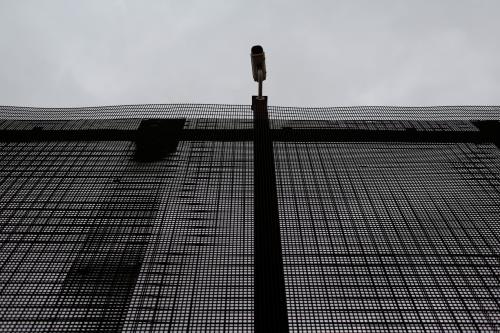The 2012 elections illustrated how the emergence of a new American mainstream played an important role in re-electing President Obama, potentially opening the door for debate, compromise, and action on immigration reform. This past Wednesday, President Obama expressed confidence that immigration reform is possible early in the beginning of his second term. Despite a divided Congress, it is in the interest of both sides of the aisle to fix America’s immigration system.
Three main issues bear consideration:
Agreement found in high-skilled immigration. As I’ve said previously, there is concern that the United States has fallen behind in the skilled worker race and employers have unmet demand for high-skilled immigrant workers. In the last working days before the congressional recess for the elections, the majority of the Republican controlled House of Representatives voted for Lamar Smith’s STEM Jobs Act to provide 55,000 green cards to foreign-born graduates from U.S. universities with advanced degrees in science, technology, engineering, and math (STEM). Although there was consensus on creating a STEM visa there was not enough time to negotiate the details of the bill between leaders. Another issue raised this year was to create visas for immigrant entrepreneurs. Vivek Wadhwa’s new research shows the visa challenges high-skilled immigrants face when starting up innovative new companies. The Startup Act 2.0 was designed to address those challenges and had bipartisan support for creating 50,000 STEM Green Cards and 75,000 visas for immigrant entrepreneurs.
Balancing immigration reform with the existing workforce. One major difficulty legislators will face with immigration reform is trying to find the balance between high unemployment and opening the doors for immigrants. In September, Microsoft proposed “A New National Talent Strategy” to allow an additional 20,000 H-1B visas and 20,000 Green Cards for foreign graduates who hold advanced degrees in the STEM fields from U.S. universities with a $10k and $15k price tag that would raise about $500 million dollars per year for STEM education for the American workforce. As the Brookings report “The Search for Skills” released last July showed, only $1 billion dollars raised from H-1B visa fees for workforce training and STEM education in the existing workforce over the past decade. Tying visa fees to workforce development and education funds is one way of finding this balance.
Debate over the undocumented and other issues. The most difficult and controversial aspect of immigration reform is how to integrate immigrants already living on American soil. The Latino vote opened the door for Congress to transform the deferred action of undocumented youth from deportation into an actual DREAM Act that would offer legal status and a path to citizenship. There also may be an opportunity for leaders to tackle the most controversial immigration issue: expanding legal status for undocumented immigrants. There are many other issues that Congress can tackle such as raising the cap on H-1B visas, family unification, integration programs, country-level caps, or developing a standing commission to use economic indicators for determining immigrant visa levels.
The doors are now open for immigration reform. The question is how wide will policymakers open the door for immigrants?
The Brookings Institution is committed to quality, independence, and impact.
We are supported by a diverse array of funders. In line with our values and policies, each Brookings publication represents the sole views of its author(s).



Commentary
The Door for Immigration Reform is Open. But How Wide?
November 19, 2012